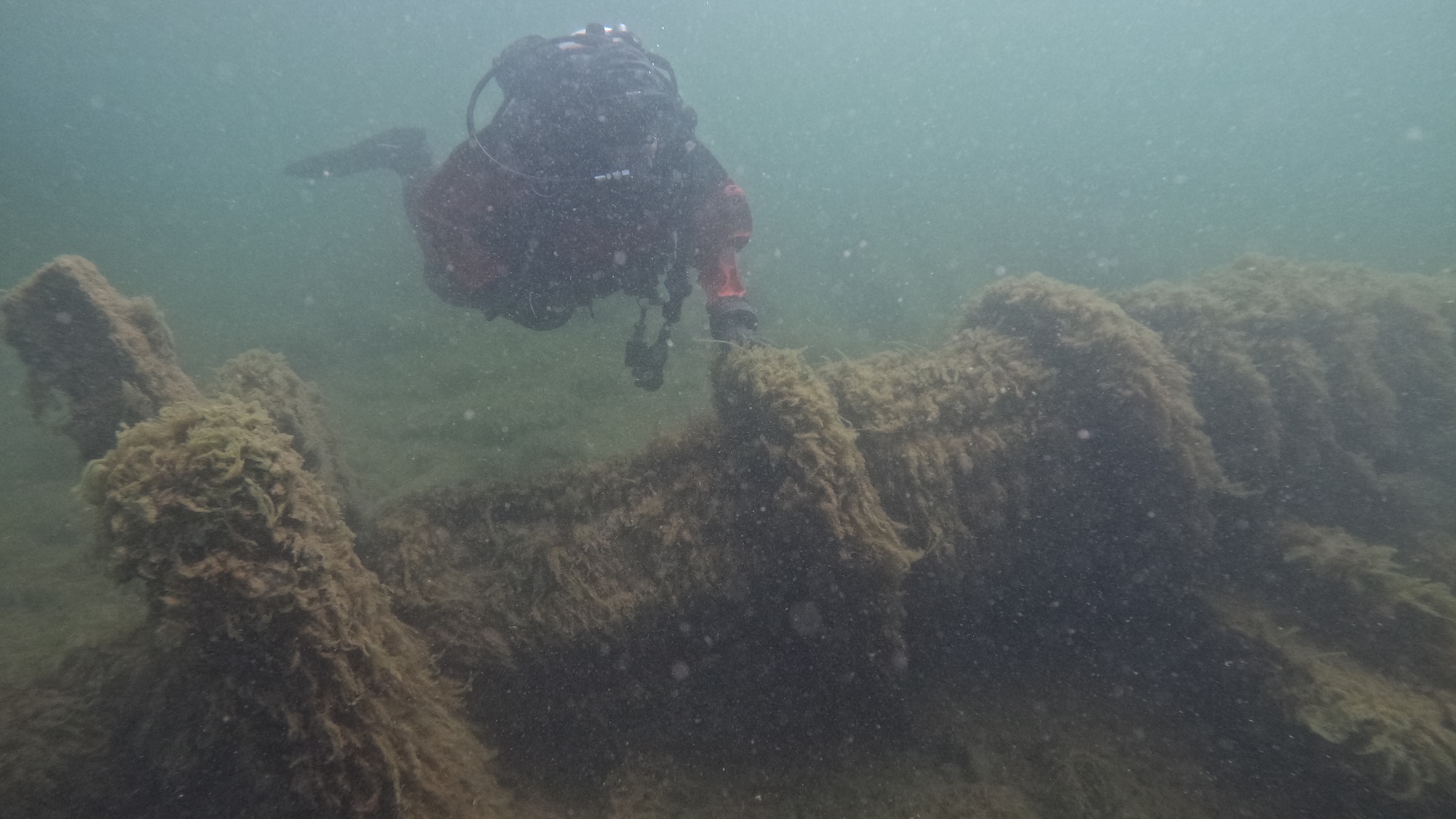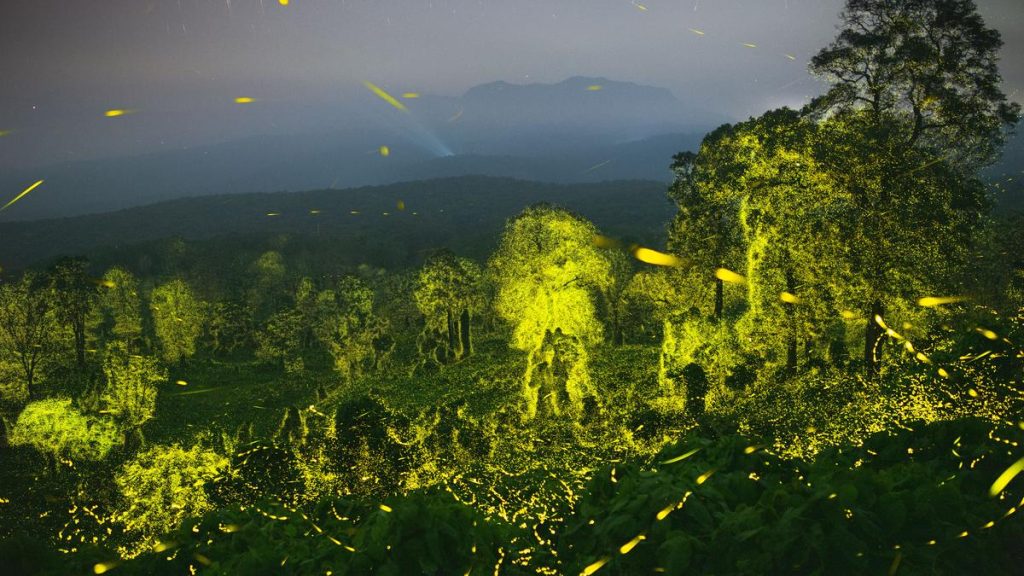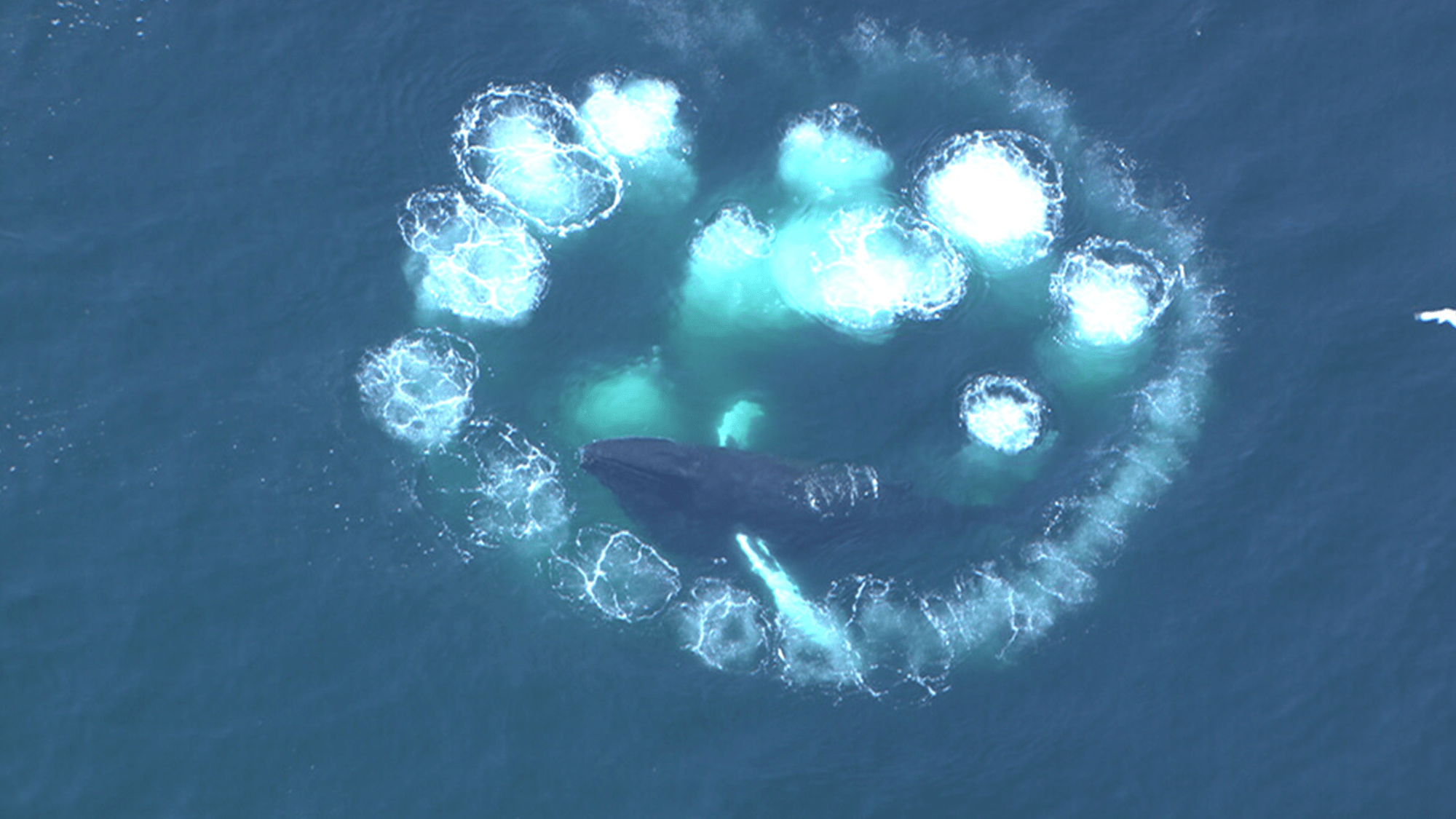Now Reading: 138-Year-Old Shipwreck Unearthed in Lake Michigan
-
01
138-Year-Old Shipwreck Unearthed in Lake Michigan
138-Year-Old Shipwreck Unearthed in Lake Michigan

Speedy Summary
- A 138-year-old shipwreck, the SV Frank D. Barker, was recently discovered near Rowleys Bay in Lake Michigan by Matt Olson, owner of Door County Adventure Rafting.
- Olson located the wreck using satellite images, diving gear, sonar, and a waterproof camera.
- The shipwreck lies 24 feet beneath the surface and measures over 130 feet in length.
- The vessel sank in October 1887 en route to Michigan’s Escanaba due to foul weather and striking Barker Shoal-a limestone formation wiht shallow waters known for maritime hazards-and all crew members safely escaped to nearby Spider Island.
- Salvage teams attempted but failed to locate the wreck at the time due to inaccurate reporting of its location closer to Spider Island.
- Marine archaeologists at Wisconsin Ancient Society confirmed its identity; much of its oak structure and machinery remains intact despite splitting open over time.
- Conservationists aim to add it to the National Register of Historical Places while protecting it from potential looters.
- This discovery marks Olson’s third notable find after locating two other schooners named gray Eagle (1869) and Sunshine.
Indian Opinion Analysis
The discovery of historical shipwrecks like SV Frank D. Barker underscores humanity’s enduring curiosity about maritime heritage while providing valuable insight into navigational challenges faced by vessels in earlier centuries. For India-home to several coastal landmarks with untapped underwater archaeological potential-this is a reminder of how technological tools like sonar imaging can play pivotal roles in uncovering submerged histories. Preserving such sites aligns closely with global heritage conservation goals.
Efforts underway by Wisconsin authorities also highlight best practices for safeguarding historical discoveries against vandalism or exploitation-a principle relevant for India’s own expanding eco-tourism sector around marine reserves or historic wrecks along coasts like Gujarat or Maharashtra. As India develops more infrastructure around coastal tourism, analogous international examples could guide ethical stewardship through archaeology-focused frameworks tied closely with community education.




























